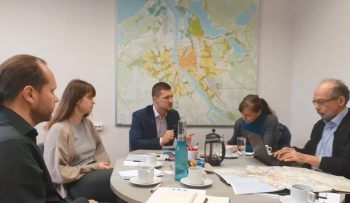Cultural tourism is about managing cultural heritage and tourism in an integrated way. It’s about working with local communities to create benefits for everyone involved. This helps preserve tangible and intangible cultural heritage while developing tourism. TExTOUR is an EU-funded project which co-designs pioneering and sustainable cultural tourism strategies and policies. The ultimate goal is to improve deprived areas in Europe and beyond. To do this, it sets up Cultural Tourism Labs at eight pilots located within the EU and outside it. Various societal players and stakeholders in the Cultural Tourism sector will be involved in the Cultural Tourism Labs. The selected pilots have diverse and complementary characteristics, which enables the project’s experts to develop a wide range of scenarios for inland and coastal areas, rural and urban, deprived remote or peripheral areas, facing multiple social, economic and environmental challenges. Are you a policy maker, practitioner or part of a local community? Via the TExTOUR open access platform, we will share with you our knowledge gained as the project unfolds so that you can benefit directly.
For more information visit the website or social media channels of the project:
Webiste: https://textour-project.eu/
Facebook: https://www.facebook.com/textour.project

